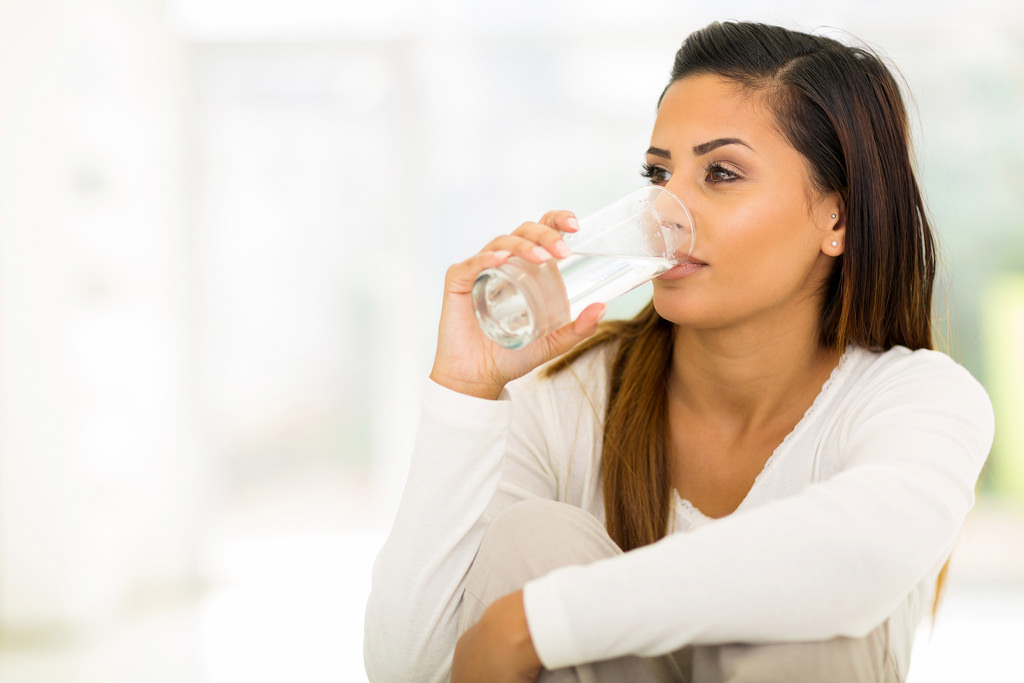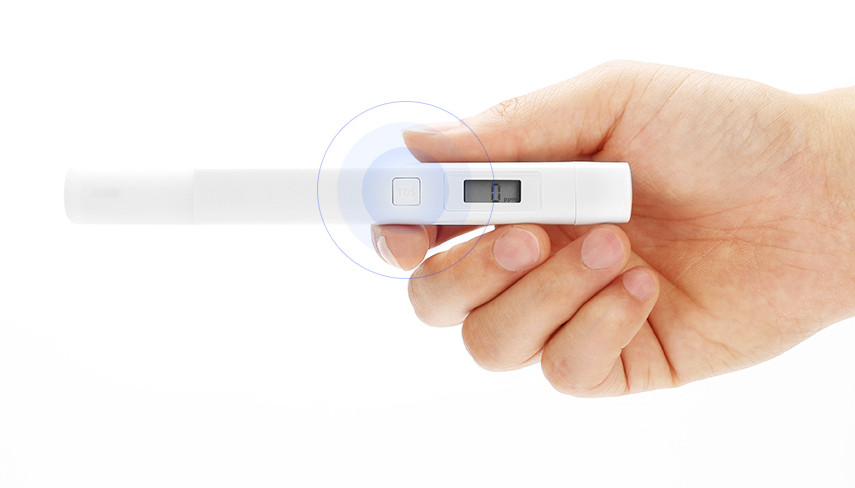Last Updated on September 7, 2022 by Rupesh Patil
Water is vital for every living being on Earth, and everyone knows the importance of clean and safe drinking water. But how do you determine its cleanliness? Four critical aspects are usually checked to see if the water is clean and safe for drinking: acidity, colour, dissolved oxygen, and turbidity. Turbidity is a measure of the suspended particles in the water, which can largely determine water cleanliness and quality. This article will explain how water’s turbidity is measured, how it can assess the cleanliness of drinking water, and what you can do to improve your drinking water quality.
What Is TDS In Water?
Subscribe to Onsitego
Get the latest technology news, reviews, and opinions on tech products right into your inboxSince water is a universal solvent, it can quickly pick up impurities and dissolve many organic and inorganic materials. These contaminants are not visible to naked human eyes. TDS refers to Total Dissolved Solids, and it is a measure of how many organic and inorganic materials are present in the water.
According to WHO (World Health Organization), inorganic materials usually found in water include bicarbonates, calcium, chlorides, dirt, dust, magnesium, nitrates, phosphates, and sulfates. Water can also contain organic materials like algae, bacteria, fungi, germs, pathogens, pesticides, and viruses, which can spread waterborne diseases and affect your health in various ways.
How Does High TDS Affect Your Drinking Water?
Water, in its perfect condition, is colourless, odourless, and tasteless. Water with high TDS can taste salty, and it could contain microorganisms that can spread various waterborne diseases such as cholera, diarrhoea, hepatitis, and typhoid. The higher the TDS, the harder and unsafe it becomes to consume such water without purifying.
Here’s how water with high TDS can affect your daily lives:
- Health: Although high TDS level doesn’t directly mean it is unsafe for drinking (unless it is above 1000 ppm), the presence of some materials such as copper and lead is considered a health hazard.
- Taste: High TDS level is indicative of salty or even brackish taste. If used for cooking, it could slightly change the taste of food.
- Equipment: Hard water forms scaling inside plumbing pimples and appliances such as washing machines, dishwashers, geysers, and water purifiers. Scaling leads to accelerated ageing and problems.
How Is TDS In Water Measured?
TDS is the sum of the cations (positively charged) and anions (negatively charged) present in the water. Dissolved ions allow water to conduct electrical currents, which means TDS can be measured by testing water’s electrical conductivity. TDS is measured in milligrams per litre (mg/L) or ppm (parts per million) using a small and handy digital TDS meter. You can easily find TDS meters at online stores or nearby offline stores.
To use the digital TDS meter, collect the drinking water in a glass, allow it to become still, turn on the TDS meter, and then submerge its probes or metal pins in the water for a few seconds. The TDS level of your water is displayed on the TDS meter’s screen.
TDS Levels: How Much TDS Level Is Considered Safe For Drinking Water?
TDS levels vary, depending on the water source. TDS level of groundwater is usually higher than the TDS level of water that is acquired from rivers and ponds. High TDS levels could lead to salty or brackish taste. It is also not recommended to drink water that has an extremely low TDS level because it can lack necessary minerals. According to WHO, water with up to 300 ppm is considered good for drinking. And water with a TDS level of 1,000 or above is not recommended for drinking.
| TDS Level | Quality | Remarks |
| <50 – 250 ppm | Low | Water could taste flat and missing some minerals beneficial to health. |
| 300 – 500 ppm | Perfect | It is a sweet spot for TDS level in drinking water. |
| 600 – 900 ppm | Okay | Water purification recommended using an RO purifier. |
| > 1000 ppm | Bad | Water is unsafe for drinking and can cause adverse health effects. |
How Can You Reduce TDS In Drinking Water?
If your home is receiving drinking water with a TDS level of 500 or higher, you can use RO water purifiers to reduce the TDS level. RO (Reverse Osmosis) water purifiers use a pump to push the water at high pressure into the RO chamber, which has a semipermeable membrane with pores with a size of approximately 0.0001 microns. When water molecules pass through the membrane to the other side, it leaves behind dissolved solids and impurities. Purified water is then passed on to you and impurities are discharged through a separate outlet (called ‘reject line’).
Some RO water purifiers also have additional filters to improve the quality of water further. A purifier’s pre-filter removes larger impurities such as dust and dirt, while the carbon activated block removes bad odour and chlorine. A UV chamber neutralises bacteria, germs, and viruses and the post-carbon filter improve the taste of water. RO water purifiers can help you in boosting immunity.
You can read our detailed water purifier buying guide to choose the right water purifier according to your needs. If you don’t have enough time to go through the entire guide, you can just have a look at our list of best RO water purifiers in India.
Cities We Cover: Bangalore, Delhi NCR, Mumbai, Hyderabad, Chennai, Pune






Discussion about this post